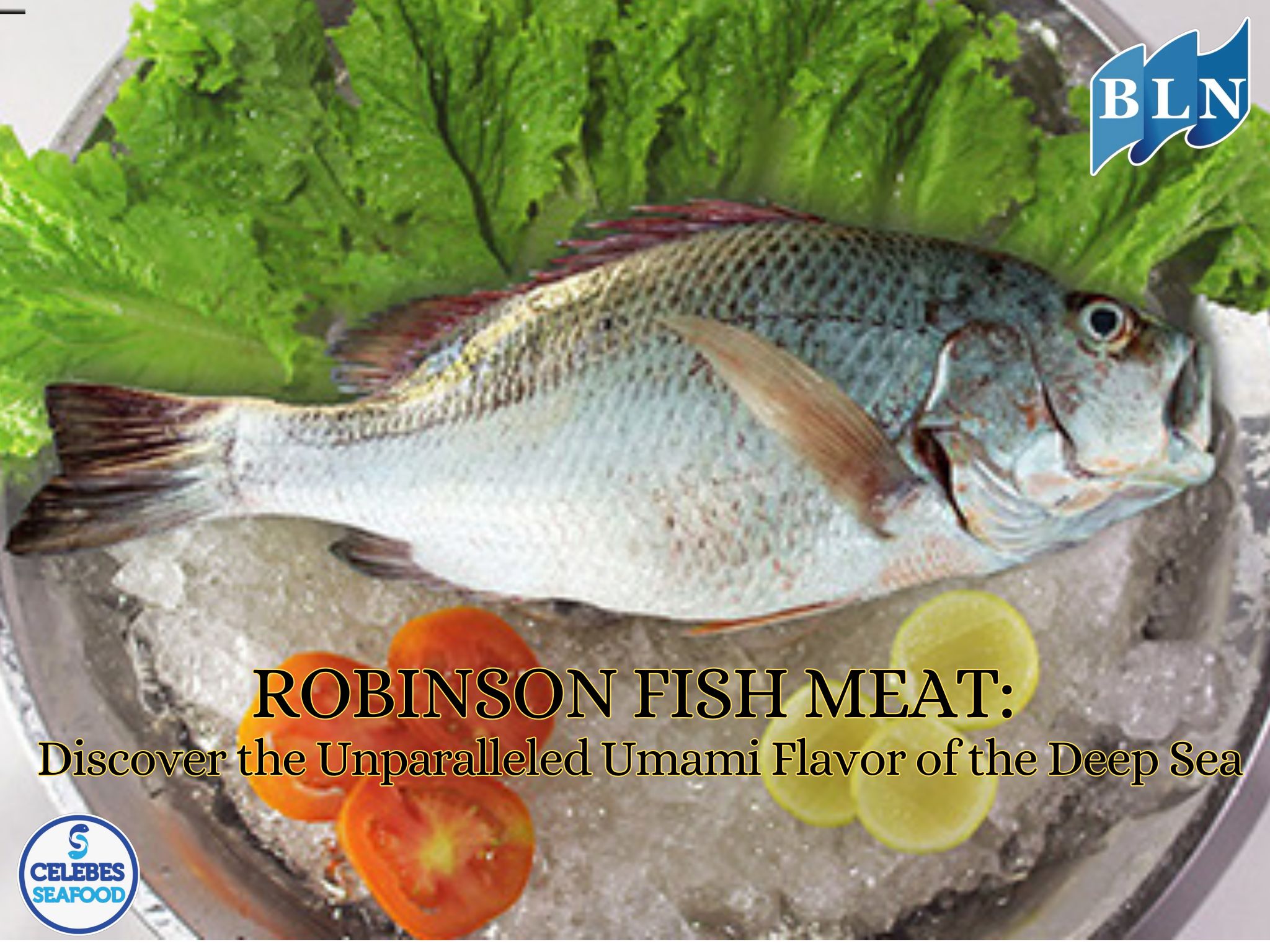6 Types of Heavy Metals Found in Seafood
By. Nevanda - 04 Aug 2023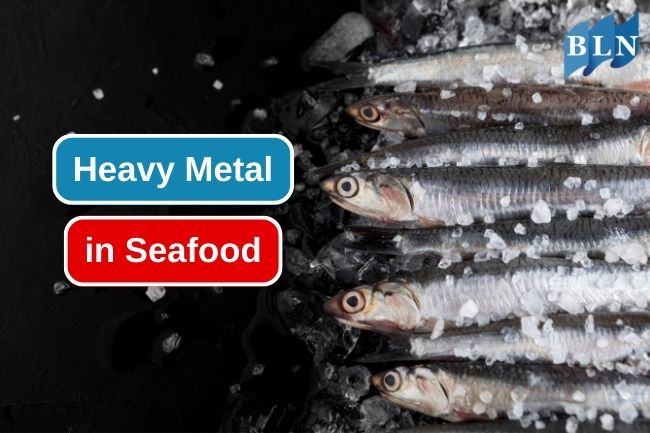
lautnusantara.com - Seafood, with its rich flavors and undeniable nutritional benefits, has long been an important element in cuisines around the world. However, behind its deliciousness and nutrition lies an aspect that often escapes our attention: the potential for heavy metals contamination. Fish and other seafood, although a valuable source of protein, can contain different types of heavy metals that may have an impact on human health.
In this exploration, we will explore the types of heavy metals commonly found in seafood and understand how knowledge of this contamination can help us make smarter and safer food choices for our health and that of our families.
Read also: A Guide to the Finest Fish for Nigirizushi Delights
Some of the types of heavy metals commonly found in seafood include:
1. Mercury
Mercury is a heavy metal commonly found in fish and seafood. Predatory fish like sharks, swordfish, and tuna tend to contain higher concentrations of mercury as they are at the top of the marine food chain.
2. Lead
Lead metal can be found in some types of seafood due to environmental pollution. Although lead is generally found in low levels, long-term exposure can have adverse health effects.
3. Cadmium
Cadmium is a heavy metal that can be found in fish and seafood. Fish such as scallops and deep-sea crabs have a higher potential to contain cadmium.
4. Arsenic
Although generally better known in the context of drinking water, arsenic can also be found in some types of seafood. Arsenic can accumulate in the tissues of fish and marine animals.
Read also: Here are 10 Fun Facts of Bluefin Tuna
5. Iron
Iron is an essential metal for human health, but an excess of this substance in seafood may be able to cause health problems if consumed in excessive amounts.
6. Nickel
Nickel can be found in low levels in seafood due to environmental exposure.
It is important to remember that most seafood contains low levels of heavy metals that do not harm human health if consumed within safe limits.
However, certain types of seafood that are at the top of the marine food chain or live in contaminated waters have a higher potential to contain higher concentrations of heavy metals. Therefore, it is important to choose seafood that is lower in heavy metal risk, limit consumption of riskier types of seafood, and adhere to consumption guidelines recommended by health authorities.
Read also: Italian Classic Dish, Seafood Risotto Recipe
 in Coral Reef Ecosystems.jpg)
.jpg)
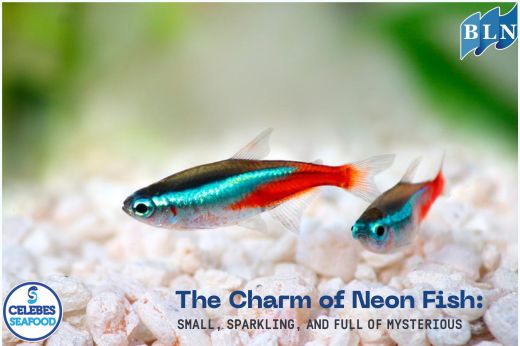

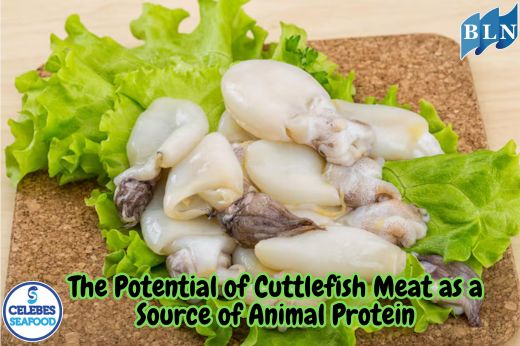
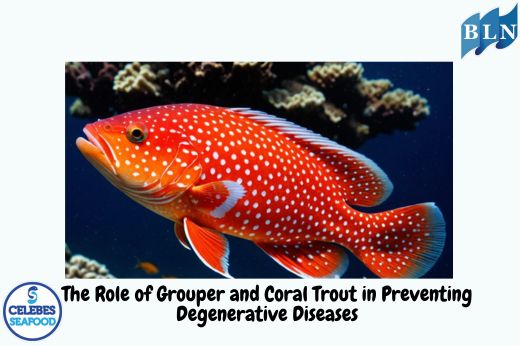
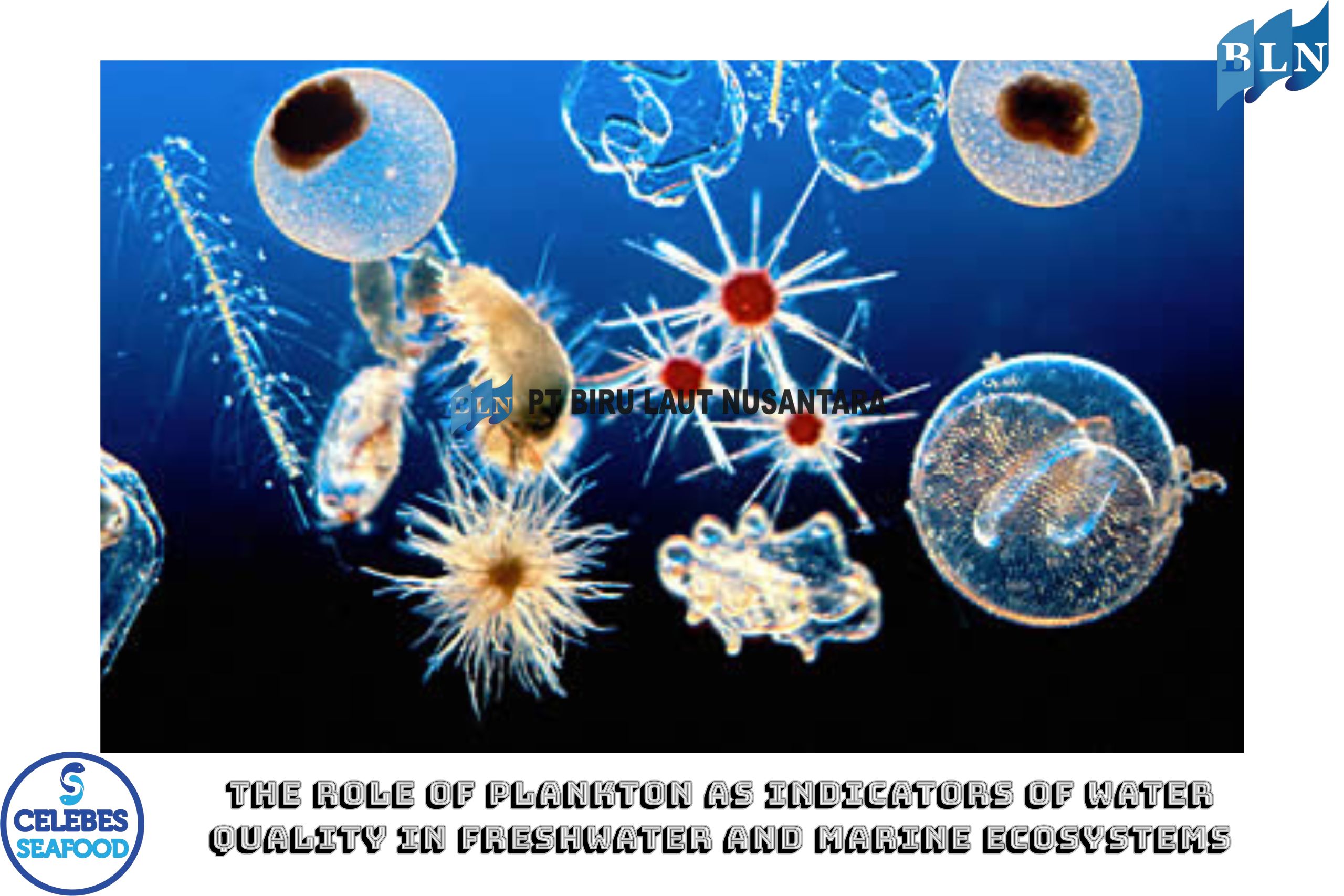
 and Its Impact on Indonesia's Maritime Economy.jpg)
